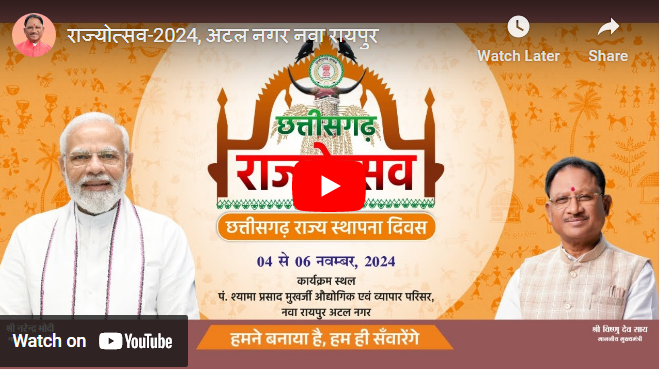Raipur (thestates.news) |CAIT National Vice President Amar Parwani, chairman Magelal Maloo , Amar Gidwani State President Jitendra Doshi , States Working President Vikram Singh Deo, Parmanand Jain , Vashu Makhija, state General secretary Suriender singh , State Working General secretary Bharat Jain, State Treasure Ajay Agrawal and state Midia Prabhari Sanjay Choubey informed The Confederation of All India Traders (CAIT) and Indian Footwear Association (IFA) today urged Union Finance Minister Smt. Nirmala Sitharaman to keep GST tax rate on footwear at 5% below the cost of Rs.1000 and above Rs. 1000 @ 12% as it was applicable till 31st December,2021 .On the other hand both CAIT and IFA also urged Union Commerce Minister Shri Piyush Goyal to make BIS standards applicable only on footwear costing above Rs.1000. The CAIT and IAF argued that nearly 85% of the population of the Country consume footwear costing less than Rs.1000 and therefore any increase in GST tax rate will directly fall on consumers and since 90% production of footwear is done largely by small and poor people or cobbler in home made industry or cottage industry and maximum usage is by low and medium income group hence it is impossible to apply BIS standards on larger part of the footwear manufacturing in India.Beside Finance Minister Smt. Nirmala Sitharaman, the CAIT & IAF have sent representations to all State Finance Ministers to keep 5% GST tax slab on footwear and a representation has also been sent to Commerce Minister Shri Piyush Goyal to amend the BIS standards and make them applicable on footwear costing above Rs.1000. Both these steps will empower Atamnirbhar Bharat & Make in India call of PM Shri Narendra Modi.
India is the second largest footwear manufacturer in the world with 9% of the annual global production .More than ten thousand manufacturing units and about 1.5 lakh footwear traders spread all over India are engaging more than 30 lakh people in manufacturing or trading activities. Mostly footwear is cheap and specific to protection of feet and more than 60% footwear is purchased below Rs.500 per pair only. Footwear is a basic need like cloth and shelter without which a person can’t step out of the house. The labourers, females working in the house, students etc comprising 60% of the population which covers economically weaker class and middle class, wear the footwear ranging from Rs.30 to Rs.250 per pair and about 15% of the population purchase footwear in different price range from Rs.250 to Rs.500 and 10% of people consume footwear from Rs.500 to Rs.1000 only. The rest of 15% of the people purchase good quality slippers, sandals or shoes being manufactured by large manufacturing units or imported brands.
CAIT National Vice President Mr. Amar Parwani & State President Mr. Jitendra Doshi informed while addressing a Press Conference at New Delhi today CAIT said that any increase in GST tax slab of 5% shall prove counterproductive for the footwear industry and trade of India. Such an increase of 7% in tax rate will fall on the general consumer having the largest share of consuming footwear in the Country and shall run against the mandate of Prime Minister Shri Narendra Modi to provide easy livelihood to poor strata of the Country. In the footwear industry many small traders have opted for a Composition scheme under GST and therefore they will not be able to take input tax credit and thus a difference of 7% will be added to the cost of footwear making it costly for a common man. The purpose of the tax rate increase in footwear was to remove inverted tax structure. However, above data shows that only 15% of established large manufacturers and imported brands will be the real beneficiary and the rest of 85% are still out from inverted duty structure. Therefore, it is urged that footwear should not be levied GST tax rate of more than 5%.
Mr. Parwani and Mr. Doshi further stated that IFA said that analysing the structure of manufacturing of footwear in India where 85% manufacturers are very small scale in nature, the BIS standards prescribed by the Government will be impossible to comply with. How can a Khadaun worn by Saints, low quality slippers used by Pandits, Rubber and plastic lower quality footwear worn by labourers and like other classes be able to comply with BIS standards particularly when they do not have enough basic footwear manufacturers be able to comply with BIS standards. These standards are more of a compliance by large established manufacturers or imported brands. India is a land of diversity where different sections of purchasers right from poor strata, lower or middle class, upper middle class and high class people exist in India wearing different types of footwear according to their economic capacity. In such circumstances, one type of BIS standard can not be applied with one yard stick. Therefore, BIS standards should be applicable on footwear more than Rs One thousand.










